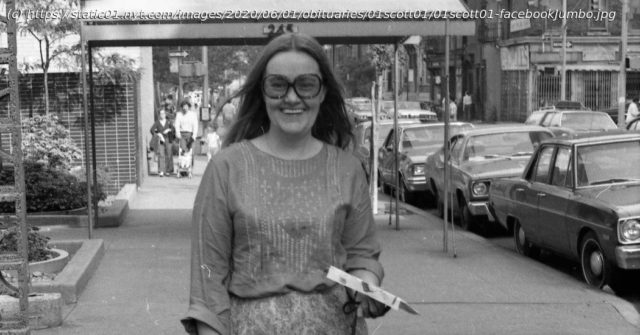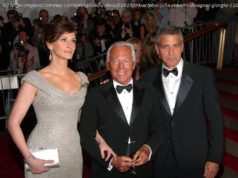Working for two mayors, she re-established the city as the prime East Coast outpost for movie and TV production, clearing out traffic more than once.
Patricia Reed Scott, who was instrumental in transforming New York into Hollywood-on-the-Hudson as the city’s film, television and theatrical production promoter under two mayors, died on May 23 in Neptune, N. J. She was 86.
The cause was a subdural hematoma sustained in a fall, her son, Matthew Scott, said.
A former singer and host of an Emmy Award-winning television series on aging, Ms. Scott played a major but invisible role in the hundreds of productions she helped lure to New York in the 1980s and ’90s.
As defunct factories were transformed into television studios and sound stages, the city was reborn as a film mecca, recapturing its early-20th-century primacy, which prevailed before the industry decamped to California to evade Thomas Edison’s motion picture patents and unpredictable East Coast weather.
Ms. Scott’s former husband, George C. Scott, won (and refused) an Oscar for playing the swaggering George S. Patton in the 1970 film about the World War II general, but it was Ms. Scott who actually did perform as a kind of real-life field general when she commandeered the Brooklyn Bridge for three hours one Sunday morning so that Bruce Willis could order Army tanks across the span to corner supposed Arab terrorist sympathizers in the 1998 thriller “The Siege.”
Ms. Scott pulled another Patton-worthy feat when she cleared Times Square of vehicles and pedestrians for two hours early one Sunday so that a panicked Tom Cruise could sprint through it during a dream sequence for the 2001 film “Vanilla Sky.”
Ms. Scott served as director of the Mayor’s Office of Film, Theater and Broadcasting under Edward I. Koch from 1983 to 1989 and as commissioner of the office under Rudolph W. Giuliani from 1994 to 2002.
“There is no point in trying to reinvent something when, in fact, the original invention was the very best,” Mr.
Home
United States
USA — Cinema Patricia Reed Scott, Who Cast New York as Hollywood East, Dies at...






